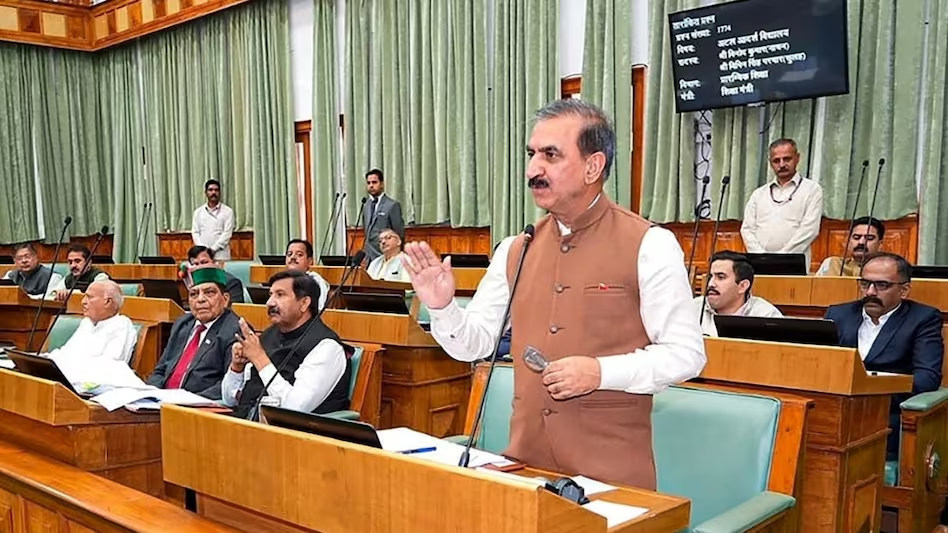- Courses
- GS Full Course 1 Year
- GS Full Course 2 Year
- GS Full Course 3 Year
- GS Full Course Till Selection
- Answer Alpha: Mains 2025 Mentorship
- MEP (Mains Enrichment Programme) Data, Facts
- Essay Target – 150+ Marks
- Online Program
- GS Recorded Course
- Polity
- Geography
- Economy
- Ancient, Medieval and Art & Culture AMAC
- Modern India, Post Independence & World History
- Environment
- Governance
- Science & Technology
- International Relations and Internal Security
- Disaster Management
- Ethics
- NCERT Current Affairs
- Indian Society and Social Issue
- NCERT- Science and Technology
- NCERT - Geography
- NCERT - Ancient History
- NCERT- World History
- NCERT Modern History
- CSAT
- 5 LAYERED ARJUNA Mentorship
- Public Administration Optional
- ABOUT US
- OUR TOPPERS
- TEST SERIES
- FREE STUDY MATERIAL
- VIDEOS
- CONTACT US
G.I. Tags: Cultural Shield or Just a Label?
G.I. Tags: Cultural Shield or Just a Label?

Why in the News?
- In June 2025, the Italian luxury brand Prada launched sandals inspired by India’s traditional Kolhapuri chappals, which carry a GI (Geographical Indication) tag.
- This move sparked accusations of “cultural misappropriation”, with critics arguing that Prada used a traditional Indian design without proper acknowledgment.
- Cultural misappropriation is when someone uses parts of another culture, like clothes, art, or traditions, without showing respect or giving credit, often just to make money or look trendy.
Key Highlights
- About Geographical Indication
- A GI tag is a special type of protection given to products that come from a specific place, and have unique qualities or a strong reputation because of that place.
- It’s a part of Intellectual Property Rights (like patents or trademarks).
- In India, there are 658 GI-tagged products, such as:
- Chanderi sarees (Madhya Pradesh)
- Madhubani paintings (Bihar)
- Pashmina shawls (J&K)
- Kancheepuram silk (Tamil Nadu)
- Darjeeling tea (West Bengal)
- Unlike trademarks, GI tags are owned by the community or producer group, not by a single person or company. They can’t be sold or licensed.
- Importance of GI Tags
- Powerful marketing tool: GI tags act like a brand name that tells buyers the product is authentic and special. This makes it easier to market.
- Driving rural development: GI products are often made by local farmers or artisans, which helps in creating jobs and income in villages.
- Boosting exports: Products with GI tags are seen as high-quality, so they are more in demand in international markets.
- Enhancing consumer confidence: Buyers trust GI products because they know the origin and quality are genuine.
- Preserving ‘cultural knowledge’ of local communities, farmers and indigenous groups: GI tags protect local culture, skills, and traditions from being copied or misused by outsiders
- Legal Protection of GI Tags
- GIs are protected by international laws like the Paris Convention (1883) and the TRIPS Agreement (1995).
- India, as a signatory of TRIPS, enacted Geographical Indications of Goods (Registration and Protection) Act, 1999, which came into force in 2003.
- The law allows:
- Registration of GI products
- Action against fake use
- Fines and penalties for misuse
- How to Deal with Misuse?
- If someone fakes a GI product, the rightful producers can take legal action.
- Misuse includes:
- Misleading the public about the origin of the goods, causing unfair competition in the market.
- Falsely representing a non-GI tagged good as a GI-tagged good.
- But GI tags are primarily territorial and limited to the country where protection is granted.
- At present, no automatic international GI rights exist. But several mechanisms exist for cross-border protection.
- GI tags can be first secured in the country of origin and then other countries too, for global protection.
- Similar Cases
- Basmati Rice (USA, 1997): A US firm tried to patent a type of Basmati. India protested and the name “Basmati” couldn’t be used.
- Turmeric (USA, 1995): A US university got a patent for turmeric’s healing use. India proved it was traditional knowledge, and the patent was cancelled.
- Neem (Europe, 2000): A US firm got a patent for neem’s antifungal use. India challenged it successfully, as neem has been used in India for centuries.
|
Intellectual Property Rights (IPR)
TRIPS (Trade-Related Aspects of Intellectual Property Rights) Agreement, 1995
|
Challenges and Way Forward
|
Challenges |
Way Forward |
|
GI protection is limited to the country where it's registered |
Promote international registration of Indian GIs in key export markets. |
|
No global GI law or automatic worldwide protection |
Work through bilateral and multilateral agreements to improve GI recognition abroad. |
|
Traditional knowledge often not properly documented |
Expand the Traditional Knowledge Digital Library (TKDL) to include more grassroots knowledge. |
|
No easy way for companies to verify existing GI tags |
Create a searchable GI database to help brands identify GI products and avoid misuse. |
|
Local communities are often unaware of their GI rights |
Conduct awareness campaigns and training to empower producer groups about their GI rights. |
|
Misuse or fake use of GI tags by outsiders |
Strengthen legal enforcement at national and international levels to stop unfair use. |
|
Lack of collaboration between brands and GI holders |
Encourage partnerships between companies and local communities for ethical use of GI products. |
|
Ensure IAS Mains Question Q. What are Geographical Indications (GIs)? Discuss their importance in protecting traditional knowledge and preventing cultural misappropriation. Highlight the key challenges in enforcing GI rights and suggest a way forward. (250 words) |
|
Ensure IAS Prelims Question Q. Consider the following statements regarding Geographical Indications (GIs):
Which of the statements given above is/are correct?
Answer: b Explanation Statement 1 is correct:GI tags are a form of intellectual property right that identify goods based on geographical origin and unique characteristics linked to that region, protected under national and international laws. Statement 2 is incorrect: Unlike trademarks, GI rights are collective rights held by producer groups and cannot be transferred, assigned, or licensed to others; they are public property, not private or commercial assets. Statement 3 is correct: GI protection is territorial, meaning rights apply only in the country where they are registered. For global protection, separate registration is needed in each foreign jurisdiction. |



